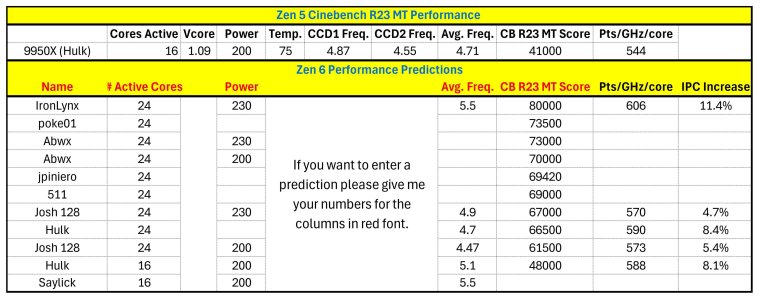And AMD is doing 3d-stacking of L3 which brings its problems to the table.
Not really. The tech is getting fairly mature.
Sure, there are some minor limitations on clocks and voltage to avoid hotspots, but particularly the total latency is incredibly good for the amount of cache.
The physical distance to reach the farthest SRAM cells doesn't increase much, as only a small amount of verticality is added so data doesn't need to travel that much farther vs. regular L3.
A giant monolithic L3 like what Intel does with the 144MB variant on the other hand, means a single 2D layer of SRAM cells, so the physical distance of the farthest SRAM cells might be quite a bit larger than for AMD, which could hurt Intels already-poor L3 latency further.
Additionally, a large monolithic die has an inherently lower yield rate than a small CCD + small VCache stack, which are yielding and get binned separately.
Nevermind that by going on-die, Intel is obviously forced to produce all that cache on a much more expensive node with barely any SRAM density improvements, so Intels big-cache chip will be far more expensive to make.
Intel's L3 has not been good compared to AMD's for a long time now, so people probably don't have much faith in them.
Yeah. I mean, by now even their L
2 compares terribly to AMD in terms of latency.
And games are rather cache-latency-sensitive.
Where you get those rumors? Nova Lake bLLC is just different die with extra cache and there's nothing preventing doing multi-chip with it.
Nothing preventing except.... cost, margin, and how much sense it makes in general.
And cost appears to be high enough that Intel weren't even sure about making the big-cache models at all, according to rumors.
And using two large-cache chips to build 52c cpu with only two memory channels is only viable way to get some performance out.
You're giving Intel too much credit.
The 52c is mostly a paper tiger to win some MT benchmarks and please some investors (and Intel shills), but it won't gain any traction outside some semi-professional niches, and maybe some die-hard pro-Intel rich kids.
Intel knows this, so they won't waste margin by using big cache dies on it.
The only relevant client workload where a huge L3 is worth the added cost is gaming, and please tell me how many games scale well beyond 24T and need more than 8 really fast cores for the heaviest threads.
Spoiler Alert: The 52c will be irrelevant for gaming.



